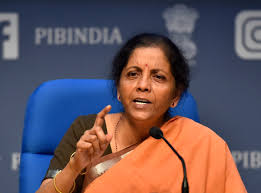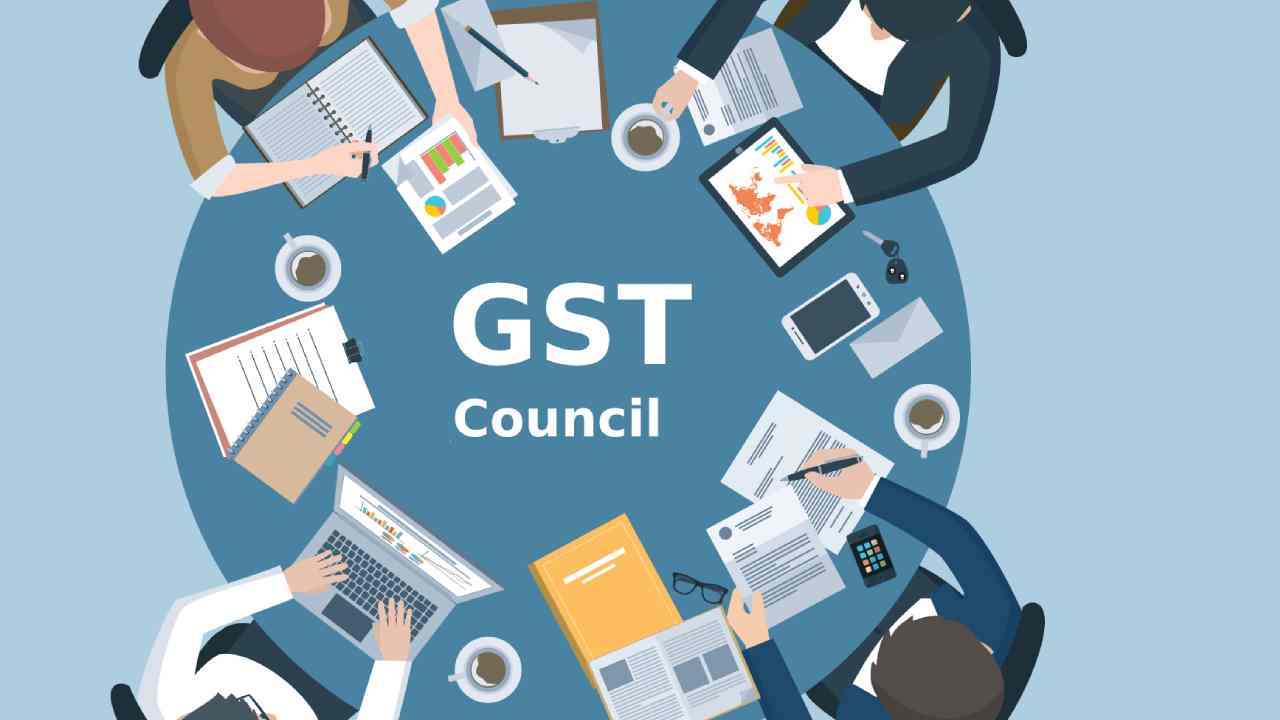The recent meeting of the GST Council did not reconstitute the key ministerial group responsible for examining the matter
NEW DELHI : A proposed revision of goods and services tax (GST) rates, aimed at boosting revenue collections and fixing tax anomalies, is unlikely before the 2024 general elections, as the recent meeting of the GST Council did not reconstitute the key ministerial group responsible for examining the matter.
During the meeting, the Council did not name a replacement for former Karnataka chief minister Basavaraj Bommai, who served as the convenor of the ministerial group established in September 2021 to restructure GST. The group’s mandate was to review tax exemptions to expand the number of taxpayers and recommend changes to tax rates and slabs to raise revenue collection, simplify the tax structure, and reduce tax refunds from the government owing to anomalies in the existing structure.
Following the change in government in Karnataka, with the Congress’s Siddaramaiah replacing Bommai as chief minister, a fresh appointment for the convenor of the ministerial group became necessary.
The federal indirect tax body now has to look for a state minister who is committed to delivering reports in a timely manner for the tax rate revision exercise, two people familiar with the discussions in the Council said, adding that the Bommai committee had submitted two reports.
“First of all, we have to find a convenor for the GoM, who is equally focused as the earlier convenor… The other point is that revenue collection is doing well,” said one of the two people, highlighting that the concerns around the revenue impact of successive tax rate cuts under the GST regime are becoming less worrisome. That would mean the need for a tax rate increase is less pressing now than earlier.
The Reserve Bank of India (RBI) had in 2019 estimated that due to tax rate cuts under the GST regime, the effective weighted average GST rate has declined from 14.4% at the time of GST’s inception to 11.6%.
However, a host of steps aimed at improving the efficiency of the new indirect tax regime have helped improve tax collections. “We have definitely improved GST revenue buoyancy,” the person said on condition of anonymity. In April, central and state governments collected a record ₹1.87 trillion in GST receipts.
What has aided in making up for the revenue losses from tax rate cuts is the strengthening of GST’s IT systems, improvement in return filing compliance, better system capability to match invoices, and ironing out issues around the settlement of input tax credit.
In an interview on 17 July, revenue secretary Sanjay Malhotra said the government expects an average gross GST revenue collection of about ₹1.65 trillion in a month this fiscal year, in line with the projections and targets. That is a big jump from the average monthly collection in the year ended 31 March 2018—the first year of GST—of ₹89,875 crore.
But issues around tax anomalies, like finished products attracting higher tax outgo compared to raw materials that force the government to issue refunds to businesses, remain.
Also, tax rate corrections in the textiles sector, which were cleared by the GST Council but were put on hold, need to be implemented.
However, five states—Chattisgarh, Madhya Pradesh, Rajasthan, Telangana, and Mizoram—will go to polls between December 2023 and January 2024, followed by the national elections expected in May 2024. “Honestly, tax rate rationalization is unlikely before the polls,” said the second person, who also spoke on condition of not being named.
Emails sent to the spokespeople for the finance ministry and to the GST Council secretariat on 18 July seeking comments for the story remained unanswered till press time.
Source: livemint.com
****
Don’t miss the next Tax Update / Article / Judicial pronouncement
Subscribe to our newsletter for FREE to stay updated on GST Law
Resolve your GST queries from national level experts on GST free of cost
TW Editorial Team comprises of team of experienced Chartered Accountants and Advocates devoted to spread the knowledge of GST amongst the various stakeholders.




